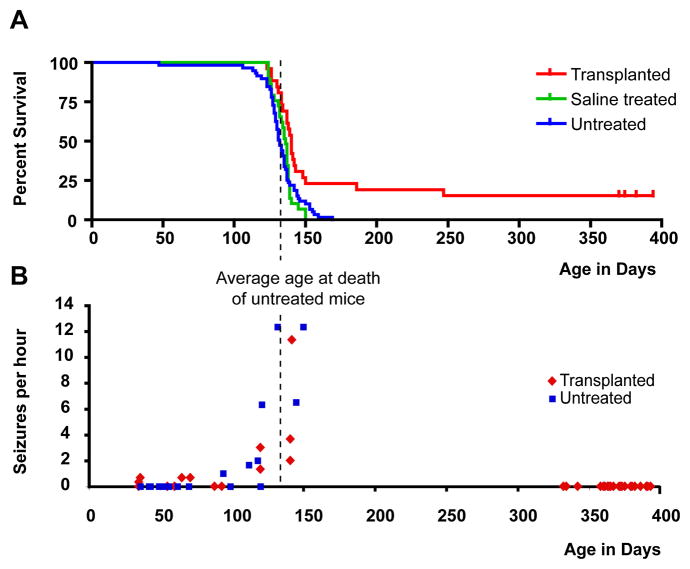Figure 1. Engrafted shiverer mice exhibited substantially prolonged survival.
A, Shiverer/rag2−/− mice, either engrafted with human glial progenitor cells (GPCs) at birth (n=26, red), injected with saline (n=29, green), or untreated (n=59, blue) were maintained in small group housing and monitored daily until death. The Kaplan-Meier survival graph, plotting the percentage of each group alive as a function of age in weeks, shows that most mice die between 18 and 20 weeks. However, a fraction of engrafted mice (n=6, or 23.1%) lived substantially longer than any control mouse; 4 survived more than one year, at which point the experiment was terminated. B, Shiverer mice uniformly manifested a seizure disorder that was typically apparent by 5 weeks of age, and then worsened between 16–18 weeks. When seizure frequency was scored by video with blinded post hoc assessment, both transplanted and control shiverers were noted to seize frequently during weeks 18–20, corresponding to the time span during which most mice died. However, the seizure incidence among the transplanted shiverers fell thereafter, such that by 47 weeks of age, all surviving mice were seizure-free.

